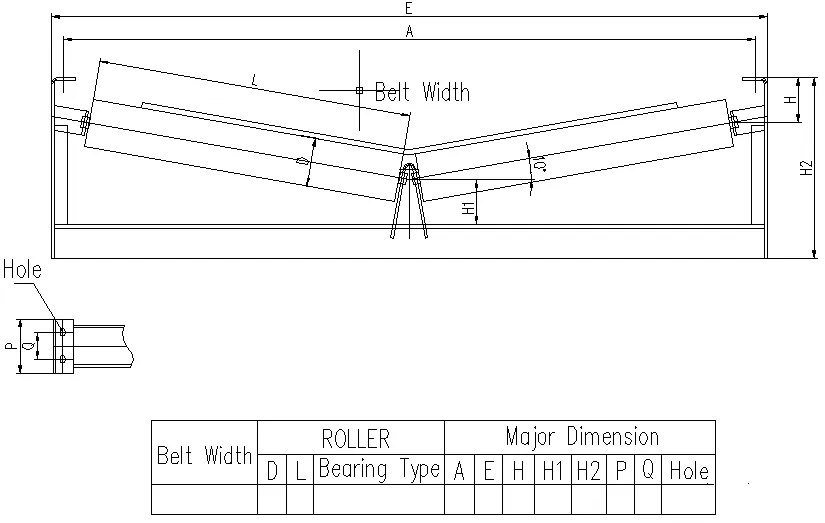 Afrikaans
Afrikaans  Albanian
Albanian  Amharic
Amharic  Arabic
Arabic  Armenian
Armenian  Azerbaijani
Azerbaijani  Basque
Basque  Belarusian
Belarusian  Bengali
Bengali  Bosnian
Bosnian  Bulgarian
Bulgarian  Catalan
Catalan  Cebuano
Cebuano  Corsican
Corsican  Croatian
Croatian  Czech
Czech  Danish
Danish  Dutch
Dutch  English
English  Esperanto
Esperanto  Estonian
Estonian  Finnish
Finnish  French
French  Frisian
Frisian  Galician
Galician  Georgian
Georgian  German
German  Greek
Greek  Gujarati
Gujarati  Haitian Creole
Haitian Creole  hausa
hausa  hawaiian
hawaiian  Hebrew
Hebrew  Hindi
Hindi  Miao
Miao  Hungarian
Hungarian  Icelandic
Icelandic  igbo
igbo  Indonesian
Indonesian  irish
irish  Italian
Italian  Japanese
Japanese  Javanese
Javanese  Kannada
Kannada  kazakh
kazakh  Khmer
Khmer  Rwandese
Rwandese  Korean
Korean  Kurdish
Kurdish  Kyrgyz
Kyrgyz  Lao
Lao  Latin
Latin  Latvian
Latvian  Lithuanian
Lithuanian  Luxembourgish
Luxembourgish  Macedonian
Macedonian  Malgashi
Malgashi  Malay
Malay  Malayalam
Malayalam  Maltese
Maltese  Maori
Maori  Marathi
Marathi  Mongolian
Mongolian  Myanmar
Myanmar  Nepali
Nepali  Norwegian
Norwegian  Norwegian
Norwegian  Occitan
Occitan  Pashto
Pashto  Persian
Persian  Polish
Polish  Portuguese
Portuguese  Punjabi
Punjabi  Romanian
Romanian  Russian
Russian  Samoan
Samoan  Scottish Gaelic
Scottish Gaelic  Serbian
Serbian  Sesotho
Sesotho  Shona
Shona  Sindhi
Sindhi  Sinhala
Sinhala  Slovak
Slovak  Slovenian
Slovenian  Somali
Somali  Spanish
Spanish  Sundanese
Sundanese  Swahili
Swahili  Swedish
Swedish  Tagalog
Tagalog  Tajik
Tajik  Tamil
Tamil  Tatar
Tatar  Telugu
Telugu  Thai
Thai  Turkish
Turkish  Turkmen
Turkmen  Ukrainian
Ukrainian  Urdu
Urdu  Uighur
Uighur  Uzbek
Uzbek  Vietnamese
Vietnamese  Welsh
Welsh  Bantu
Bantu  Yiddish
Yiddish  Yoruba
Yoruba  Zulu
Zulu Enhancing Conveyor Efficiency with Proper Lagging Techniques and Materials
Understanding Conveyor Lagging Importance, Types, and Applications
Conveyor systems are essential components in many industrial operations, facilitating the efficient movement of materials across various processes. One critical aspect of conveyor systems that significantly impacts their performance and longevity is conveyor lagging. This article explores what conveyor lagging is, why it is important, the different types available, and its applications in various industries.
What is Conveyor Lagging?
Conveyor lagging refers to the material applied to the surface of the conveyor drive pulley. Its primary purpose is to increase friction between the pulley and the conveyor belt, ensuring improved traction. In a conveyor system, the drive pulley is where the belt begins to move, and effective lagging is crucial to avoid slippage that can lead to inefficient operation, increased wear and tear, and potential damage to both the belt and pulley.
Importance of Conveyor Lagging
The significance of conveyor lagging cannot be overstated. Firstly, it enhances belt traction, thus preventing slippage during operation. This feature is particularly important in applications involving heavy loads or inclined systems, where the risk of slippage is higher. By ensuring that the belt remains securely in place during operation, lagging minimizes the risk of unplanned downtime, which can significantly affect productivity and operational efficiency.
Secondly, conveyor lagging acts as a protective layer for the pulley, shielding it from wear and tear. Continuous contact with the conveyor belt can lead to surface degradation over time, but with a proper lagging material, the lifespan of the pulley is extended. This not only reduces maintenance costs but also contributes to overall system reliability, ensuring a smoother operational flow.
Types of Conveyor Lagging
There are several types of conveyor lagging materials available, each with its unique properties and applications
1. Rubber Lagging This is one of the most common types. It provides excellent traction and is suitable for most applications. Rubber lagging can be found in various thicknesses and durometers, allowing for customization based on specific operational requirements.
conveyor lagging

2. Ceramic Lagging Ceramic lagging features studs embedded in a rubber backing, providing outstanding friction characteristics. It is typically used in high-impact scenarios or where there is a high risk of material carryback.
3. Polyurethane Lagging Known for its durability and resistance to wear, polyurethane lagging is ideal for environments subject to harsh conditions. It provides a good balance between traction and wear resistance.
4. Diamond Pattern Lagging This type features a diamond-shaped pattern on the surface, increasing surface area and friction. It is effective in applications where enhanced grip is required.
5. Steel Lagging Although less common, steel lagging is used in specific high-heat or high-abrasion situations where other materials may fail.
Applications of Conveyor Lagging
Conveyor lagging finds applications across various industries, including mining, agriculture, manufacturing, and logistics. In mining operations, for instance, the heavy loads and harsh environments necessitate robust lagging solutions that can withstand significant wear and heavy impacts. In manufacturing, where precision and efficiency are key, the right lagging material can ensure smooth and uninterrupted operation of assembly lines.
Moreover, in the agricultural sector, conveyor lagging plays a vital role in transporting bulk materials like grains and fertilizers, where slippage can cause significant challenges in material handling. In logistics and warehousing, effective lagging can enhance the efficiency of conveyor systems utilized for sorting and transporting goods.
Conclusion
In summary, conveyor lagging is a vital component of any efficient conveyor system. By improving traction, protecting the pulley, and extending the lifespan of the equipment, it enhances overall operational efficiency. With various types of lagging materials available, industries can select the most suitable option based on their specific needs, ultimately contributing to a smoother and more productive operation. Understanding and investing in proper conveyor lagging is essential for any business that relies on conveyor systems for material handling.
-
Revolutionizing Conveyor Reliability with Advanced Rubber Lagging PulleysNewsJul.22,2025
-
Powering Precision and Durability with Expert Manufacturers of Conveyor ComponentsNewsJul.22,2025
-
Optimizing Conveyor Systems with Advanced Conveyor AccessoriesNewsJul.22,2025
-
Maximize Conveyor Efficiency with Quality Conveyor Idler PulleysNewsJul.22,2025
-
Future-Proof Your Conveyor System with High-Performance Polyurethane RollerNewsJul.22,2025
-
Driving Efficiency Forward with Quality Idlers and RollersNewsJul.22,2025





























